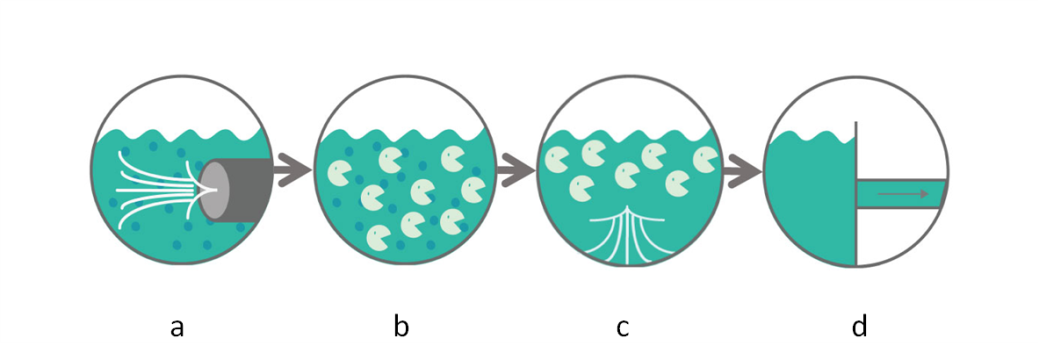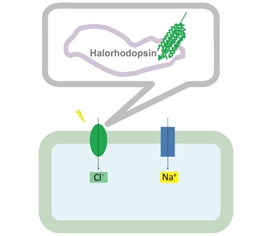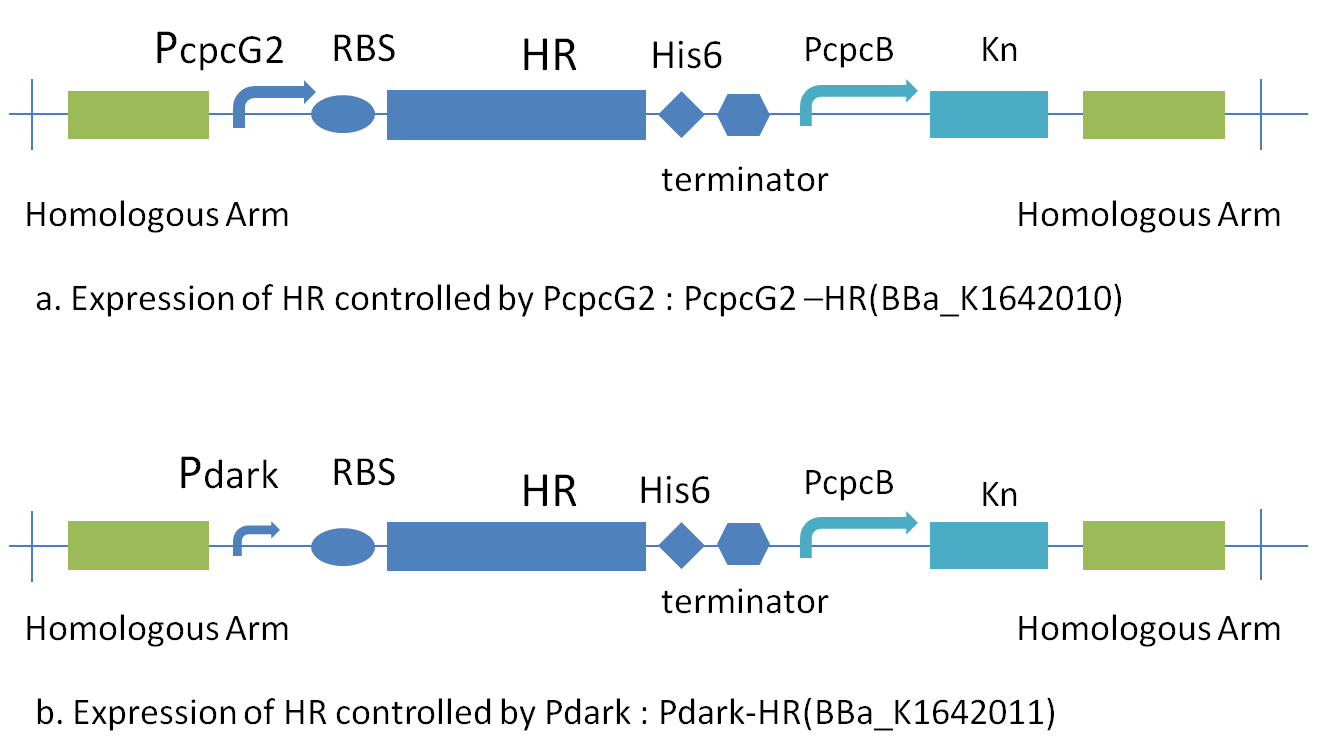Description
Contents
Introduction to Biodesalination
Earth, the only inhabitable planet in this universe, is home for human being because of her unique characteristic of having drinkable water. Different factors such as massive industrialization, overpopulation, global warming, increased demand in agriculture etc. are threatening this availability of drinkable water. Categorically, our beautiful planet is on the verge of water security problem. It is apprehending that this water security problem will increase in coming days if proper measures are not taken right now. More than one in six people globally do not have access to safe drinking water (United Nations, 2006)(Amezaga, J. M. et al. 2014). And this is indicating that the problem has started to lash us. One the other hand, seawater comprises ninety-seven percent of the Earth’s water resource and sea level is rising because of global warming. Thus, among many alternatives, conversion of sea water into drinkable water might be more reliable. The recent investigation invented several methods to generate freshwater from the sea water, among which reverse osmosis has been used for desalination in a large scale. Most of the methods including using reverse osmotic (RO) membrane are limited in applicability because of its high energy consumption, cost effectiveness and efficiency.
Here, we introduce a new method of desalination called biodesalination. We engineered Cyanobacteria ( Synechosystis sp. PCC 6803) to make it capable of absorbing sodium chloride from saltwater through biological membranes. The energy source of biodesalination is sunlight, which makes it a sustainable, energy-efficient and environment-friendly process. Cyanobacteria possess salt-tolerance ability which allow them to live in environments with different and changing salt concentrations. Together with salt-tolerance as well as other noble characteristics such as fast-growing, photoautotrophic, amenable to genetic engineering,capable of utilizing environmental carbon di-oxide, ability to grow in diverse environmental and nutritional status etc make it an ideal organism to exploit for biodesalination. We believe that our model with further improvement can satisfy the forthcoming challenges of water security in a great extent.
The proposed industrial biodesalination process is shown in Figure 1.1.1. High-density of culture should be achieved prior to the absorption of salt. And upstream intake and downstream cell-water separation are also necessary.
Biodesalination driver- Halorhodopsin
In desalination, both the sodium and chloride ion should be absorbed from sea water. Cyanobacteria keep sodium ion outside of the cell using active transport ( with ATP) and passive transport against charge gradient. So, we hypothesized that in-fluxing chloride ion as well as decreasing active transport might absorb both chloride ion and sodium ion from brakish water. To do this we expressed halorhodopsin (HR) which is a light-driven inward-directed chloride pump from halobacteria and we use it as our biodesalination driver which confers cyanobacteria the ability to absorb chloride to a significant degree. To absorb sodium ion, it is proposed that the negative membrane potential generated by halorhodopsin would drive the influx of cation through sodium ion channels. Additionally, we took measure to deplete the cellular ATP to halt active eflux of sodium ion. Taken together, the model operated by functional expression of halorhodopsin and depletion of cellular ATP in cyanobacteria for decreasing the chloride ion and sodium ion load for biodesalination.Figure 1.1.2 shows the simplest principle of biodesalination.
Controllable Expression of Halorhodopsin
According to the desalination process in Figure 1.1.1, a controllable expression of halorhodopsin, our biodesalination driver, is essential to achieving efficient biodesalination. Because high-level expression of this chlorie pump at early time may decrease the growth rate significantly. We selected promoter PcpcG2 and promoter Pdark as our biodesalintion controller and we transformed the two vectors to Synechosystis sp. strain PCC6803 as shown in Figure 1.1.3. To know more about our promoters, please visit next section.
Reference
Amezaga, J. M., Amtmann, A., Biggs, C. A., Bond, T., Gandy, C. J., Honsbein, A., & Templeton, M. R. (2014). Biodesalination: a case study for applications of photosynthetic bacteria in water treatment. Plant physiology, 164(4), 1661-1676.
Next: Desalination controller








